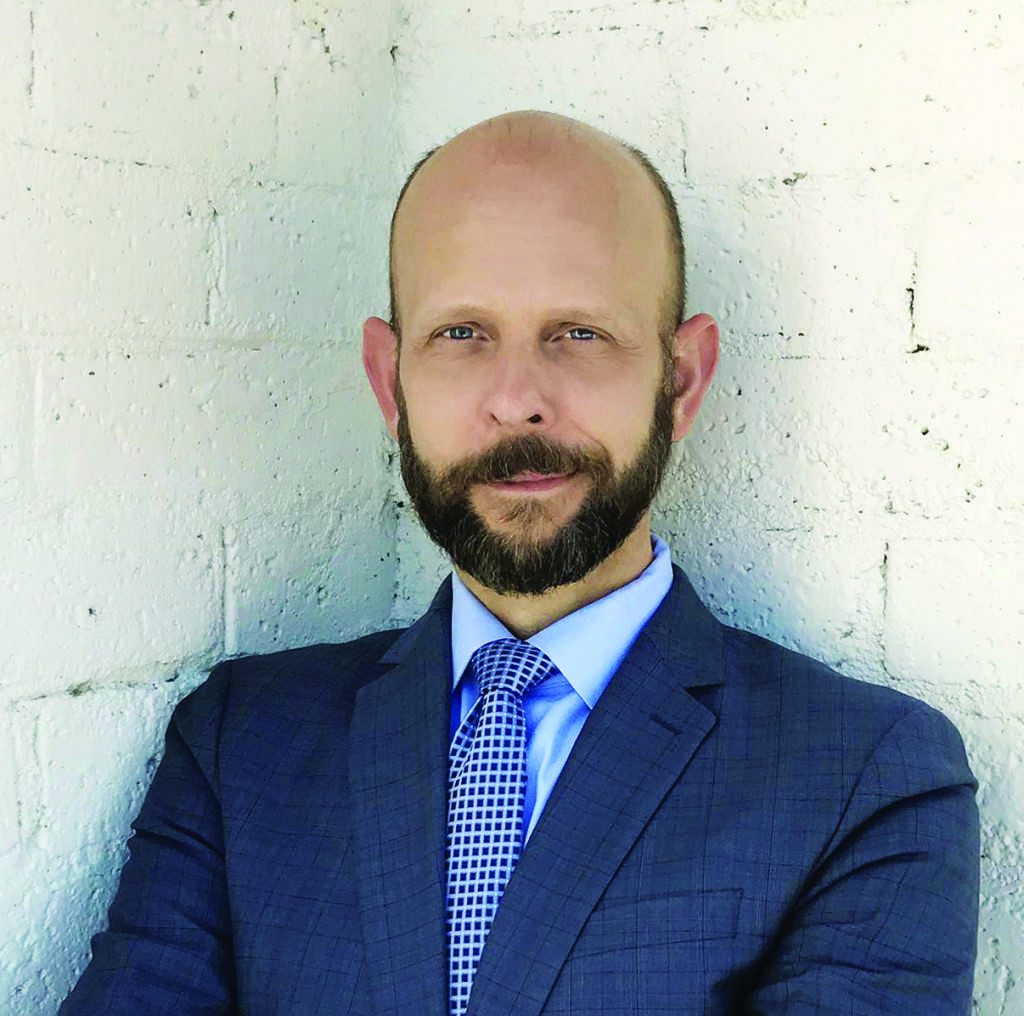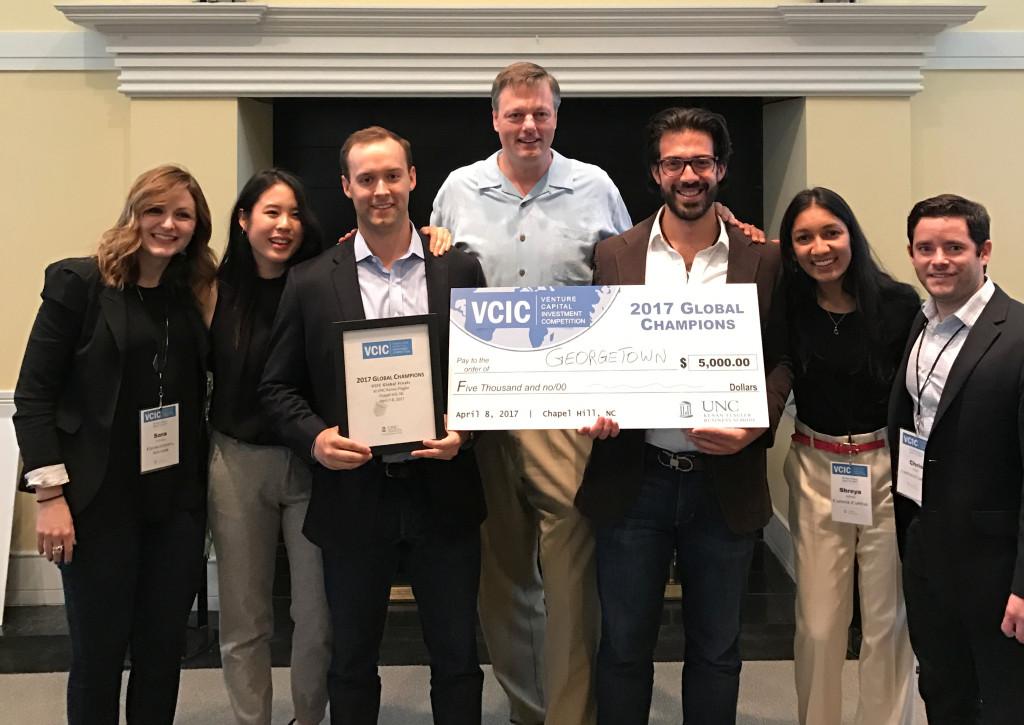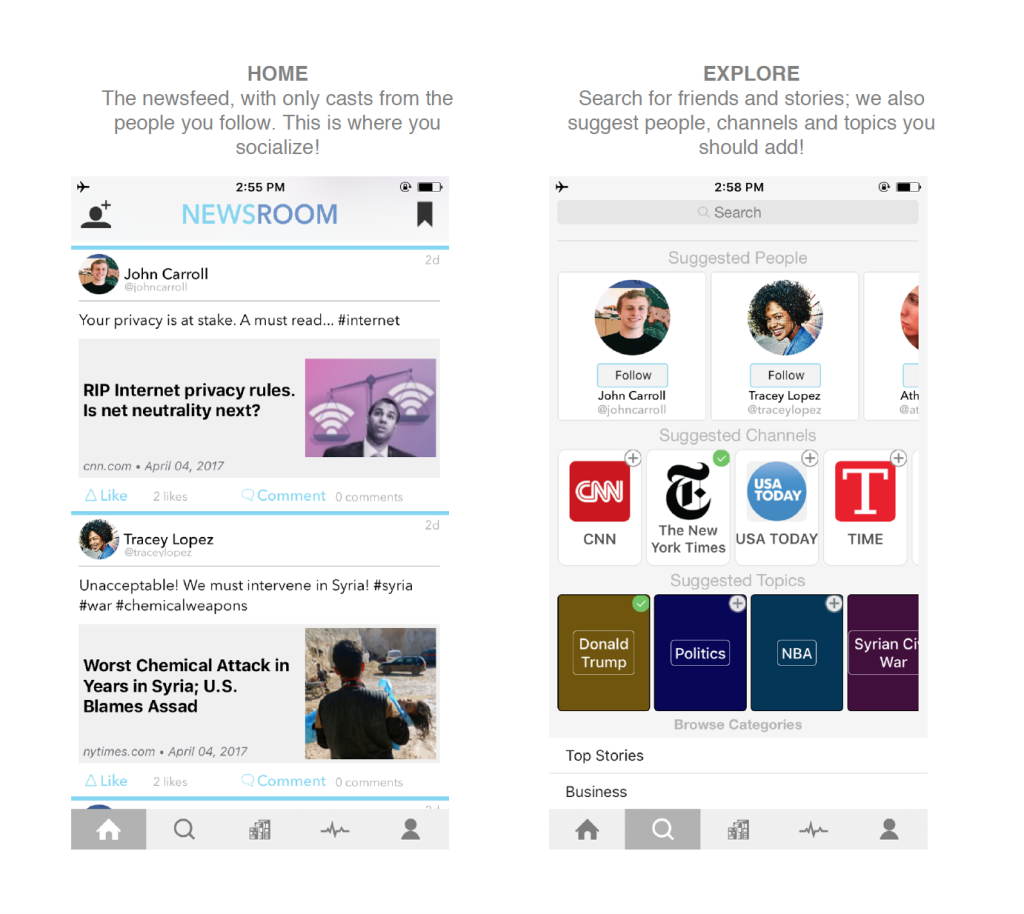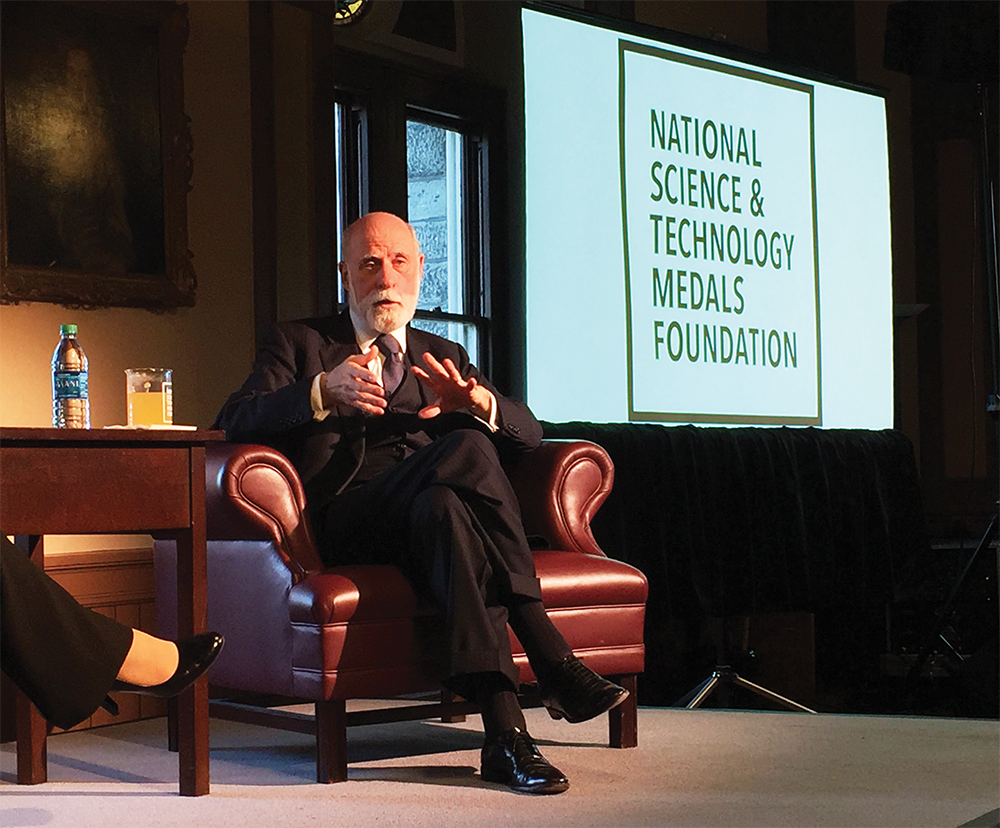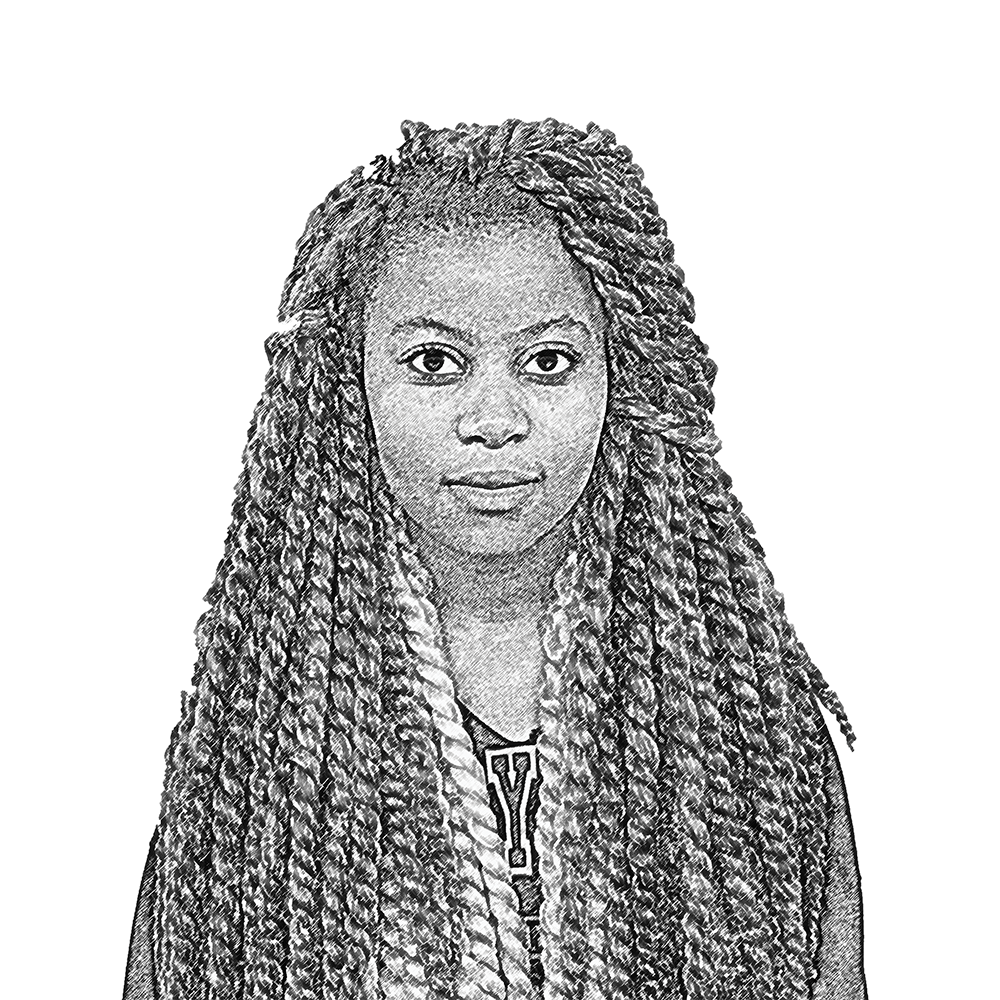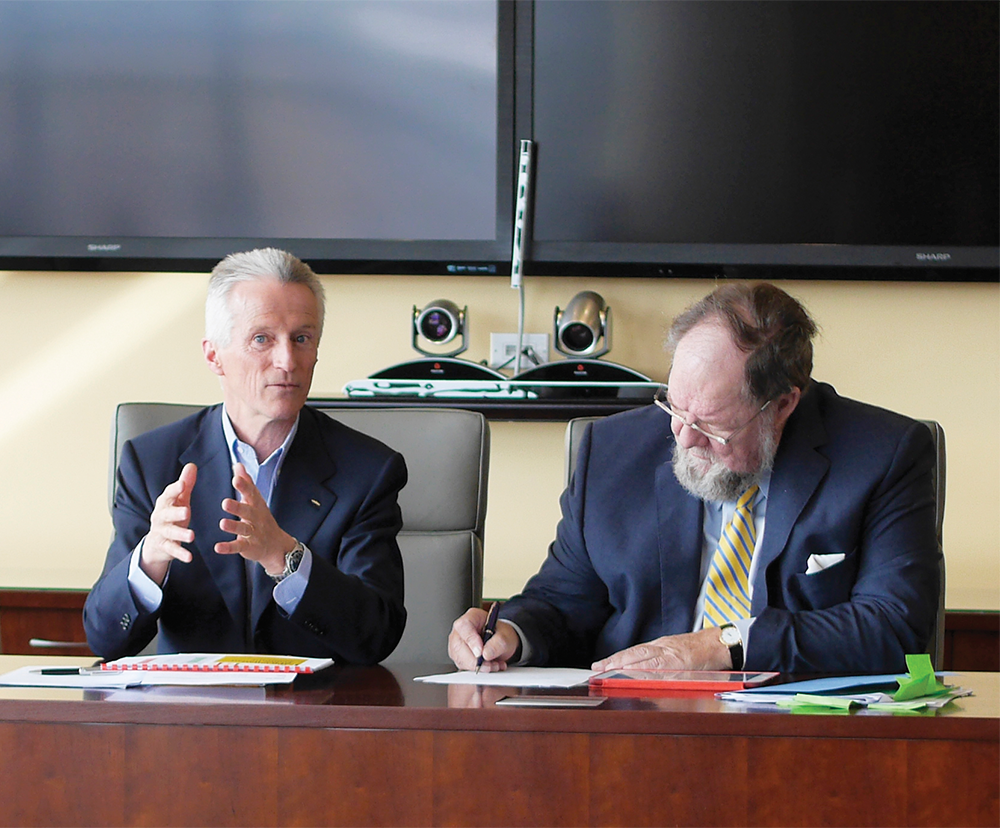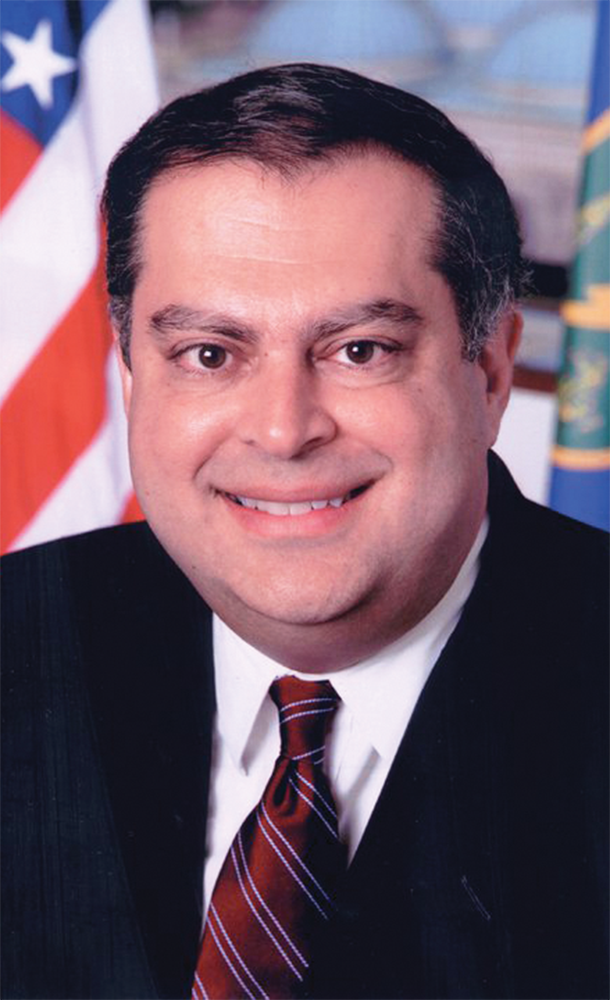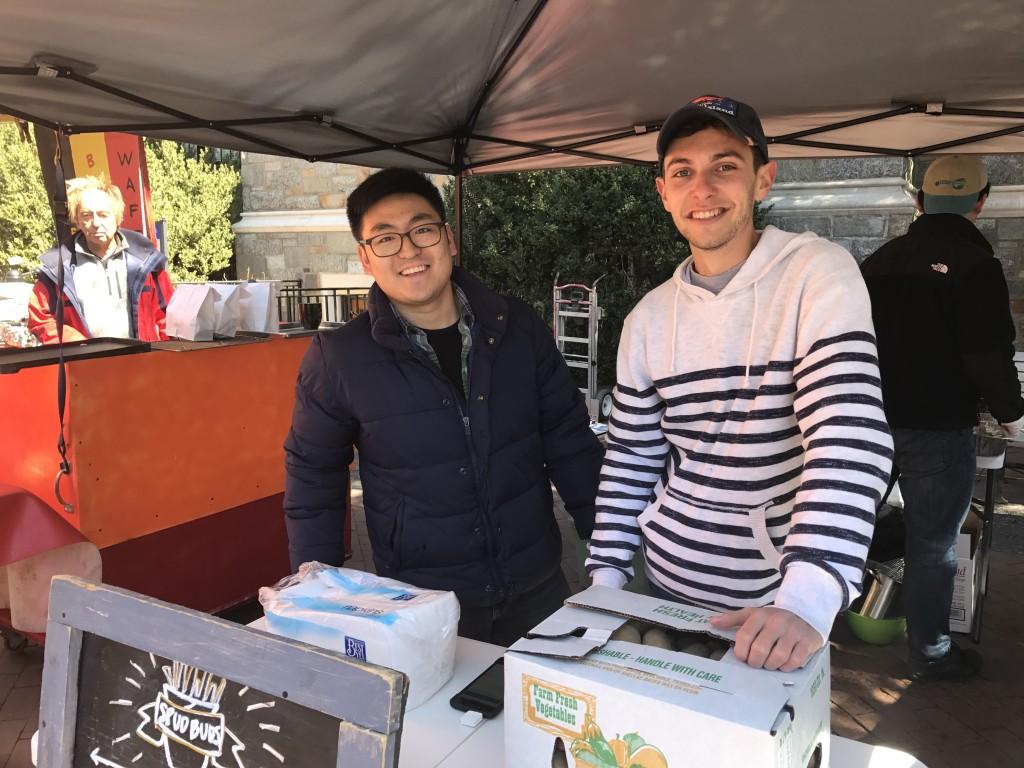Universities will play a vital role in developing lagging global opportunity and advanced-level industry in Washington, D.C.’s regional economy, according to a study released in early November.
The Global Cities Initiative, a joint five-year project between the Brookings Institution and JPMorgan Chase, published the study Nov. 5. The initiative aims to guide metropolitan economies toward greater engagement in world markets.
The report, “Benchmarking Greater Washington’s Global Reach,” indicated that, although Greater Washington is a hub for research and technology, it still lags in terms of technological innovation, patenting and STEM research at the university level.
The GCI report sourced its information from previously existing databases in the Brookings Institute, including “The Export Monitor” and “FDI in U.S. Metro Areas.” Senior Research Assistant at Brookings’ Metropolitan Policy Program Nick Marchio highlighted the importance of studies like this one in placing national or global data in a local context.
“The unique value added of these reports and analyses is that it brings these global indicators to the local level to help local civic leaders and business people begin to assess their region and their relative competitiveness in the global economy,” Marchio said.
With the country’s highest proportion of college-educated adults — nearly 50 percent of the adult population is college-educated in the District — the Washington area has huge potential in its workforce, according to the study. The report praised the Washington area for its educated workforce, particularly among the immigrant population, but suggests that the District must pivot toward global opportunities.
According to the GCI, universities play a necessary role in enhancing the greater Washington economy both by shaping the workforce’s talent and by utilizing its advanced facilities for research. The report suggests focusing on recruiting more foreign students to the area and developing more STEM research at the university level to bolster D.C.’s global economic status.
Marchio praised Georgetown University’s role as a premier researcher in the Greater Washington region at a time where STEM is crucial to the area’s growth.
“There’s some good progress you can point to and other areas that could use more work,” Marchio said. “Georgetown seems to be doing very well in terms of patenting. Georgetown actually is in the top 10 list of organizations in the Washington metro [area] that patents.”
However, Marchio stressed that the university should continue to expand its foreign student population, citing the benefits of an international, representative student body. Greater Washington currently ranks below other metropolitan areas in numbers of foreign student visa holders. According to the university’s website, nine percent of the Class of 2016 — about 140 students — are international students.
“One area where certain progress could be made is in terms of attracting and recruiting foreign students, F1 visa holders,” Marchio said. “A lot of F1 foreign students tend to focus in specialized STEM occupations, and they also have a lot of global connections that are very advantageous for businesses attempting to expand overseas. Because of local knowledge of overseas markets, they’re sometimes the best suited to help reorient the economy towards global opportunities.”
Associate Director of Editorial Postsecondary Policy at the Center on Education and the Workforce Martin Van Der Werf echoed Marchio’s views.
“We feel that it is important to have students from all over the world because they bring different perspectives and also bring different skills to the workplace,” Van Der Werf said. “It helps give the United States more perspective about the world’s economy and skills from around the world.”
Despite the advantages of a larger international student body, Van Der Werf suggested that the report’s findings would be difficult to implement in reality because of visa limitations on where students can work.”
“I think that from the perspective of a university, you want to recruit these students, you want them be part of the university community,” Van Der Werf said. “Whether you can influence them to join the local workforce or start a business locally, you can have some influence but it only goes so far.”
Georgetown University Vice President for Government Relations and Community Engagement Christopher Murphy agreed with the GCI report that continued focus on advanced level research and a diverse student body will pave the way for future growth.
“The university is pleased to be playing a part,” Murphy wrote in an email to The Hoya. “The regional D.C. economy is undergoing a profound transformation and it is important that major local institutions like Georgetown work together to build an inclusive, vibrant and increasingly global economy – we all have an important role to play.”


